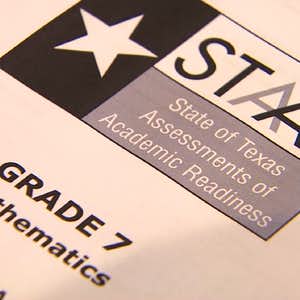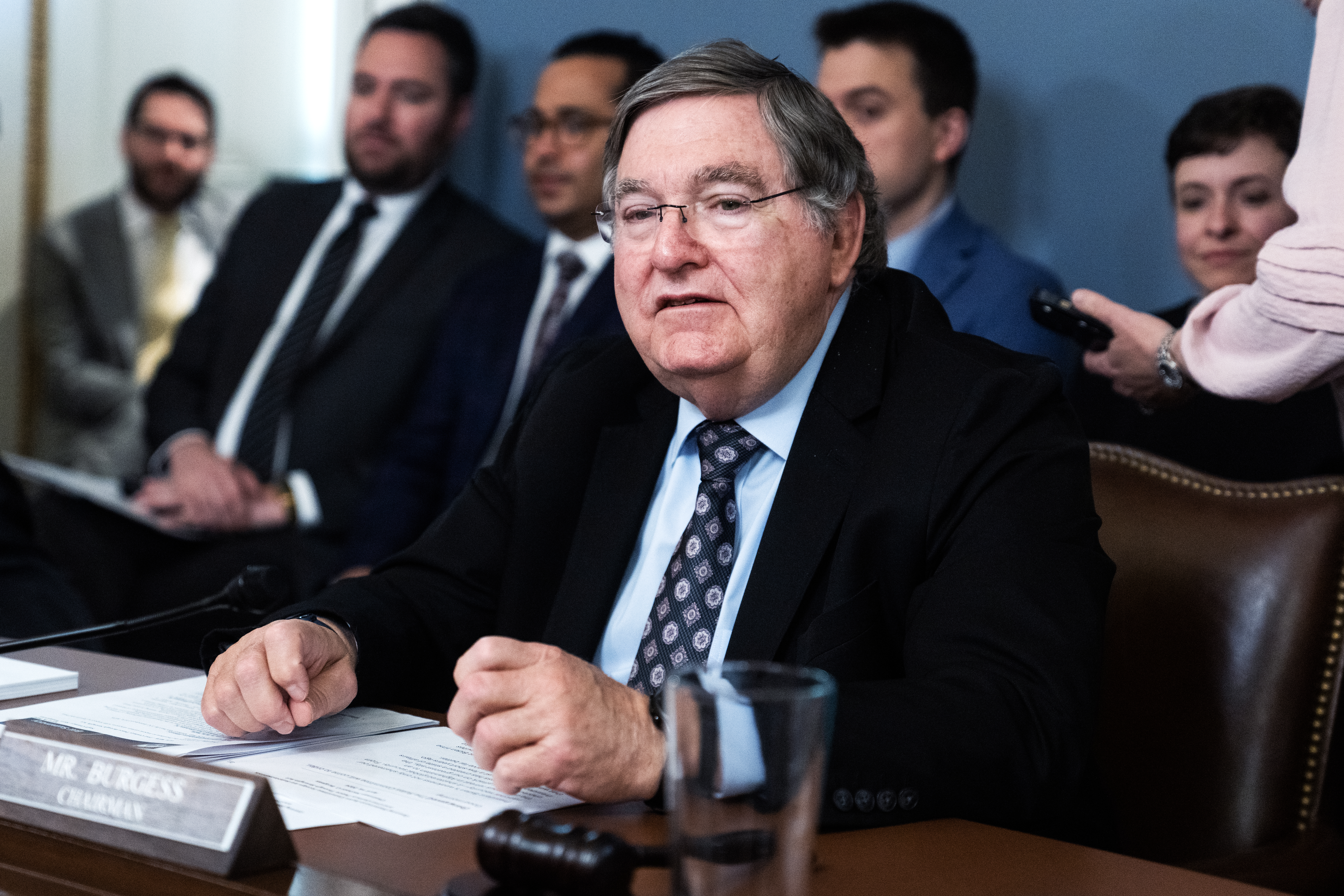It's been a busy labor day weekend on the roads.
According to AAA, most Americans who are traveling for holiday are driving. The number of people on the road this Labor Day surpasses other years, possibly because of falling gas prices and ongoing issues with air travel.
But with so many more people on the roads, the risk of running into dangerous drivers or crashes can increase.
If you spend any time on social media, you might even notice North Texas topping certain lists when it comes to dangerous driving.
Get DFW local news, weather forecasts and entertainment stories to your inbox. Sign up for NBC DFW newsletters.
In fact, one new study by car insurance app Jerry, put Dallas as number 2 in the country, after Los Angeles, for most traffic fatalities during the Labor Day holiday over the last 10 years. It ranked Labor Day as the deadliest summer holiday for traffic fatalities.
Another article that made the rounds online last year put Dallas as number 1 in the country for dangerous driving, citing data from the National Highway Traffic Safety Administration.
There’s some truth to the headlines.
Local
The latest news from around North Texas.
Texas Department of Transportation data shows that last year, over 4,400 people died on Texas roads – making it the second deadliest year ever since record keeping began in 1940.
The year 1981 was the deadliest with 4,701 fatalities.
The increase in fatalities in Texas last year is consistent with nationwide trends which show an uptick in road deaths. Nationwide, an estimated 20,160 people died in motor vehicle crashes in the first half of 2021, up 18.4% over 2020, TxDOT said. Texas traffic fatalities in 2021 were up 15% from the previous year.
Speeding and not wearing seatbelts were listed as contributing factors in the statistics. Alcohol also played a large part, with about a quarter of the fatality crashes involving someone under the influence of alcohol.
“That's way too high. And it's a number that had been going down but since the pandemic, we've seen a lot of risky driving behavior. Whether it's impaired driving, speeding, not wearing seatbelts, texting – all sorts of risk factors that go into driving. That's been something that has been quite alarming to see,” said Daniel Armbruster, a spokesperson for AAA Texas.
Another factor Texans are battling is population growth, with so many more people moving to the Lone Star State.
“Look at Texas – the population is very large compared to most states around the country. So we do tend to be at the top of the list for a lot of bad driving and behavioral things. But when you break it down it per capita, usually we do much better than most other states,” said Armbruster. “That's not to say we can't improve, right? We haven't had a single day in Texas without a traffic death in more than 20 years. So it's, it's really something to think about."
The growing population, along with changes in traffic patterns and driver behavior is something the Texas A&M Transportation Institute is tracking, too.
"If you look at what's happened in in Texas, and honestly, a lot of the south and southwest over the last 10 years or so, it that they've been growing. A lot of times the growth happens quicker than transportation system can be put in place, infrastructure can be added or improved upon,” said David Schrank, program manager for the institute’s Mobility Analysis program. "You know that you can't just drop all these new roads and things out of the sky and them there overnight. You're going to have to suffer through the barrels on the side of the road for a year or two or three, or depending on the size of the project, it could be a very long time."
He said Texas will continue to deal with growing pains as construction projects to widen highways try to keep up with infrastructure demands and growing cities like Dallas and Fort Worth.
"The other thing that happens while that construction is going on that you don't necessarily see as a motorist is that thousands and tens of thousands are moving to the area. So even when that road finally opens up, all those new folks are excited to use that same road as well,” said Schrank.
The good news, he added, is that Texas fares far better off than many other states when it comes to funding to actually improve the roads.
"You may not feel it when you're sitting in traffic somewhere, but we are at one of the luckier states in that we actually have construction dollars. Some states just don't have a lot of new capacity dollars,” said Schrank. “Some states just don't have a lot of new capacity dollars. They have to put what they have in the maintenance and preserve what they have. So in that way, we are lucky.”
Still, drivers will need to be more cognizant of construction zones and more people on the roadway as efforts continue to make commuting in the future even better.
"The checkbook is often times the sort of the bottom line, we can only pay for some projects at once. And we have to stagger them and phase them over time so that we can do the projects that are needed,” Schrank said. “A lot of those projects are coming. They will make things better. But we'll see. You have to suffer through a few orange barrels in the meantime.”



